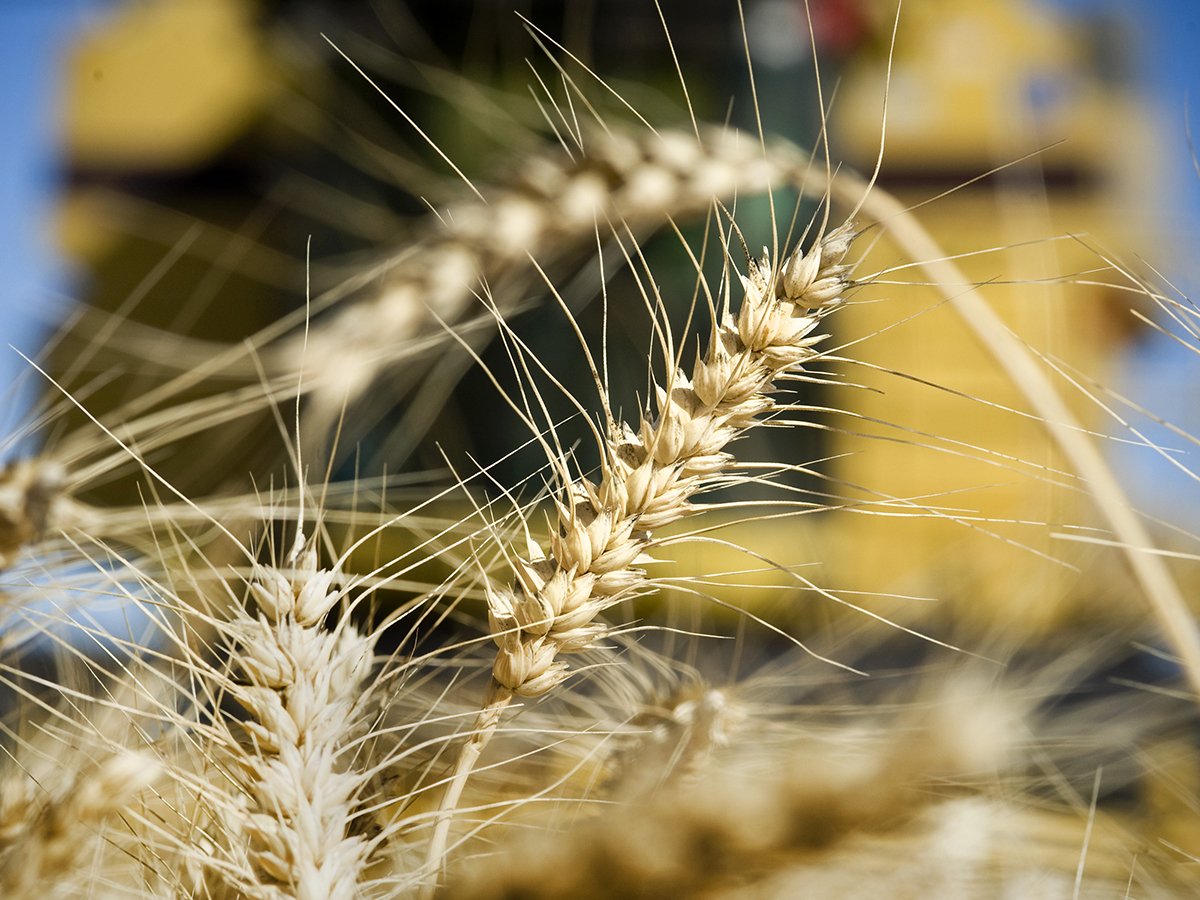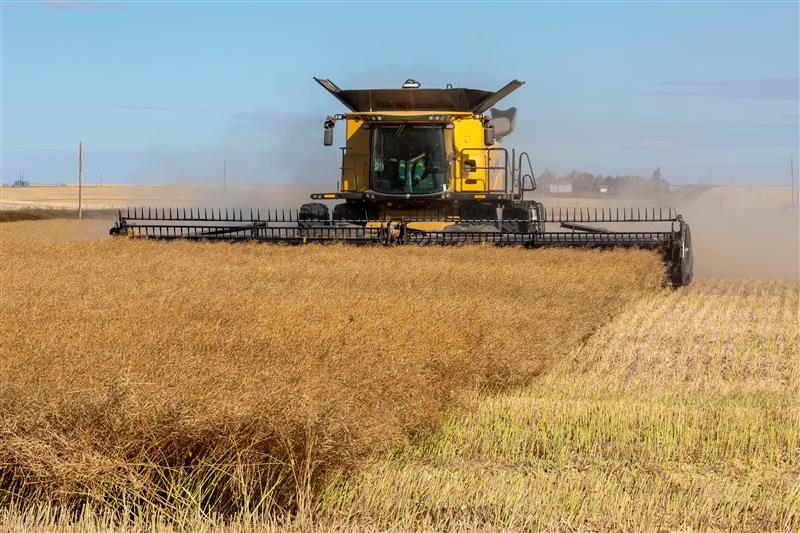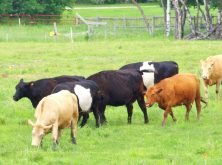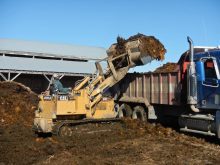When farmers are scouting fields for weed and insect pests, they should also check the seeding job to correct problems for next year.
Murray Green of Alberta Agriculture said farmers should look for certain signs when analyzing their seeding job:
- Rows that don’t emerge at the same time may indicate incorrect seeder adjustments.
- Delayed front row emergence is caused by soil stacking resulting from adjacent openers throwing soil into the front furrows.
Incorrect front-to-back levelling of the seeder or seeding too quickly may also be a problem.
Read Also

European wheat production makes big recovery
EU crop prospects are vastly improved, which could mean fewer canola and durum imports from Canada.
- If rear rows are late it may indicate that the opener wasn’t set deep enough.
- If the occasional row is late in emerging it may indicate the shank and opener are penetrating too deeply. It could also be caused by an opener following in a wheel track and not penetrating to moisture or the soil was too lumpy to pack properly.
- If there are gaps of missing plants (15 centimetres or more) it is likely caused by seed retarded in the delivery line or delivery boot.
- Small gaps between plants in the row indicates some seeds are not sufficiently packed because of lumps in the seedbed.
- If there are irregular gaps between plants it is likely caused by poor seed to soil contact, often caused by planting too shallow.
- Thin stands are usually caused by fertilizer damage.















